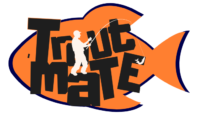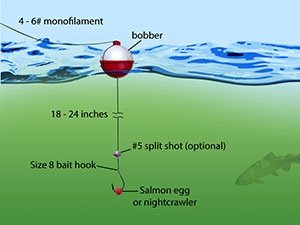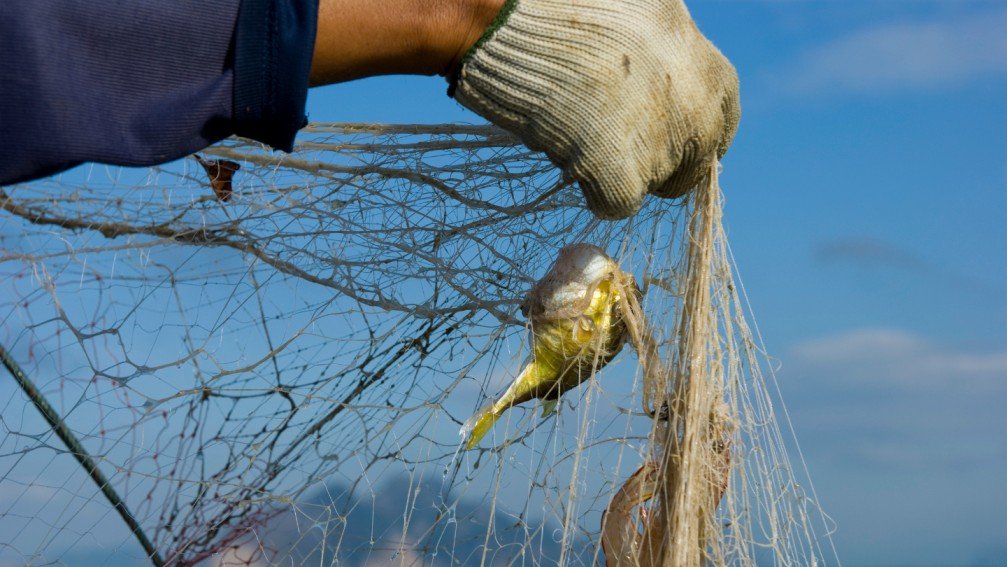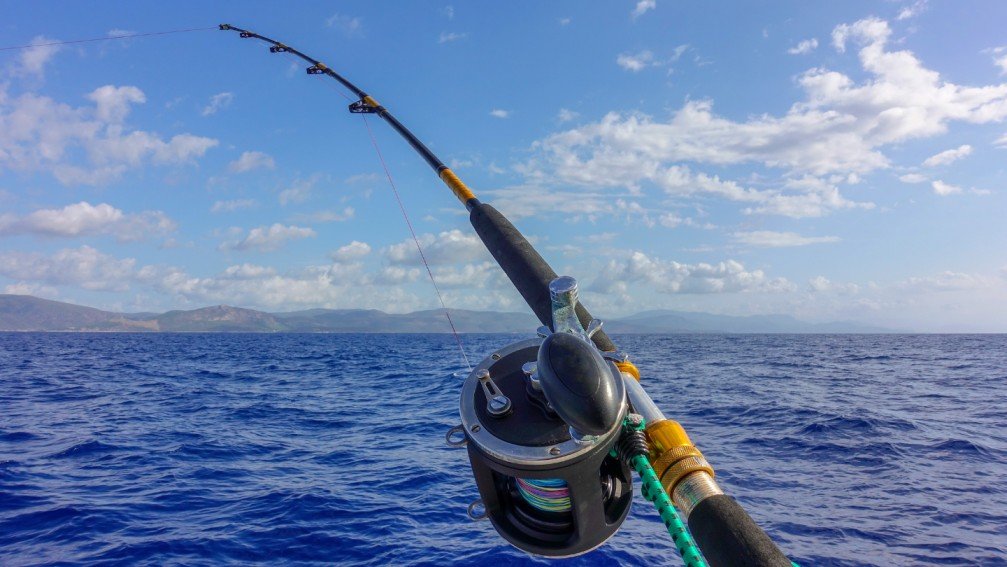Setting up a fishing pole for trout can be simple and fun. With the right steps, you’ll be ready to catch trout in no time.
Fishing for trout is a relaxing and rewarding activity. Whether you’re a beginner or seasoned angler, knowing how to set up your fishing pole is crucial. A well-prepared fishing pole increases your chances of success. In this blog post, we’ll guide you through the essential steps.
From choosing the right pole to selecting the best bait, we’ll cover it all. You’ll soon be on your way to catching trout like a pro. So, grab your gear, and let’s get started!
Choosing The Right Fishing Pole
Setting up a fishing pole for trout starts with choosing the right pole. The type of fishing pole you use can greatly impact your success. Let’s explore the different types of fishing poles and the factors you should consider.
Types Of Fishing Poles
There are several types of fishing poles, each with unique features:
- Spinning Rods: These are ideal for beginners. They are easy to use and versatile.
- Fly Rods: Perfect for fly fishing. They require more skill but offer precise casting.
- Baitcasting Rods: Best for more experienced anglers. They provide better control and accuracy.
- Ultralight Rods: Excellent for trout fishing. They are sensitive and offer a good fight with smaller fish.
Factors To Consider
When choosing a fishing pole, consider these factors:
- Length: Longer poles offer longer casting distances. Shorter poles provide better control.
- Power: This refers to the pole’s strength. Light power is great for small fish like trout.
- Action: Action describes how much the pole bends. Fast action poles bend less and are more sensitive.
- Material: Poles are made from graphite, fiberglass, or composite materials. Graphite is light and sensitive. Fiberglass is durable and flexible.
- Handle: Choose a handle that feels comfortable. Cork handles are lightweight and warm. EVA foam handles are durable and easy to grip.
By considering these factors, you can choose the perfect fishing pole for trout. Happy fishing!
Selecting The Ideal Reel
Setting up a fishing pole for trout involves several steps. One of the most important is selecting the ideal reel. The right reel can improve your chances of catching trout. It also makes your fishing experience more enjoyable. Let’s look at two popular types of reels: spinning reels and baitcasting reels.
Spinning Reels
Spinning reels are very popular among trout anglers. They are easy to use and versatile. Beginners find spinning reels to be user-friendly. They do not require much skill to handle.
Spinning reels are mounted under the rod. This design helps with balance and control. The line is released smoothly from the spool. This makes casting light lures easier.
Here are some key features of spinning reels:
- Easy to use
- Good for light lures
- Mounted under the rod
- Less backlash
For trout fishing, choose a spinning reel with a smooth drag system. A drag system prevents the line from breaking when a trout pulls hard. Look for a reel with multiple ball bearings. More ball bearings ensure smoother operation.
Baitcasting Reels
Baitcasting reels are another option for trout fishing. They offer more precision and control. Experienced anglers often prefer baitcasting reels. They are suitable for heavier lures and lines.
Baitcasting reels are mounted on top of the rod. This design allows for better leverage. The spool moves with the handle, giving more control over the line.
Here are some key features of baitcasting reels:
- More precision
- Suitable for heavier lures
- Mounted on top of the rod
- More control over the line
Baitcasting reels require practice. They can cause backlash if not used properly. Choose a baitcasting reel with adjustable braking systems. This helps reduce the risk of backlash. A smooth drag system is also important.
In summary, both spinning and baitcasting reels have their advantages. Beginners may prefer spinning reels for their ease of use. Experienced anglers might choose baitcasting reels for better control and precision. Select the reel that best fits your skill level and fishing needs.
Picking The Perfect Fishing Line
Choosing the right fishing line is vital for a successful trout fishing trip. With various types of fishing lines available, each has its own advantages and disadvantages. In this section, we will explore the three main types of fishing lines: Monofilament Line, Fluorocarbon Line, and Braided Line. Understanding these options will help you make the best choice for your fishing needs.
Monofilament Line
Monofilament line is the most common type of fishing line. It is known for its flexibility and ease of use. This type of line is made from a single strand of material, usually nylon. Here are some key features of monofilament line:
- Stretch: Monofilament line has a bit of stretch, which helps absorb shocks.
- Buoyancy: It floats, making it ideal for top-water fishing.
- Visibility: Available in various colors, making it easier to see.
- Cost: Generally, monofilament line is less expensive.
Fluorocarbon Line
Fluorocarbon line is another popular choice for trout fishing. It is made from a single strand of fluorocarbon material. This type of line offers several benefits:
- Invisibility: Fluorocarbon is nearly invisible underwater, making it great for clear water.
- Sensitivity: It has low stretch, providing better sensitivity to bites.
- Durability: Highly resistant to abrasion and UV light.
- Sink Rate: Fluorocarbon sinks faster, which is useful for deep fishing.
Braided Line
Braided line consists of multiple fibers woven together, offering high strength. It is a favorite among experienced anglers. Key features include:
- Strength: Braided line is strong, allowing for longer casts and handling larger fish.
- Diameter: Thinner diameter compared to other lines, offering better line capacity on reels.
- Durability: Extremely resistant to wear and tear.
- Sensitivity: No stretch, providing excellent sensitivity to bites.
Each type of fishing line has its unique benefits. Choose the one that best fits your fishing style and conditions. Happy fishing!
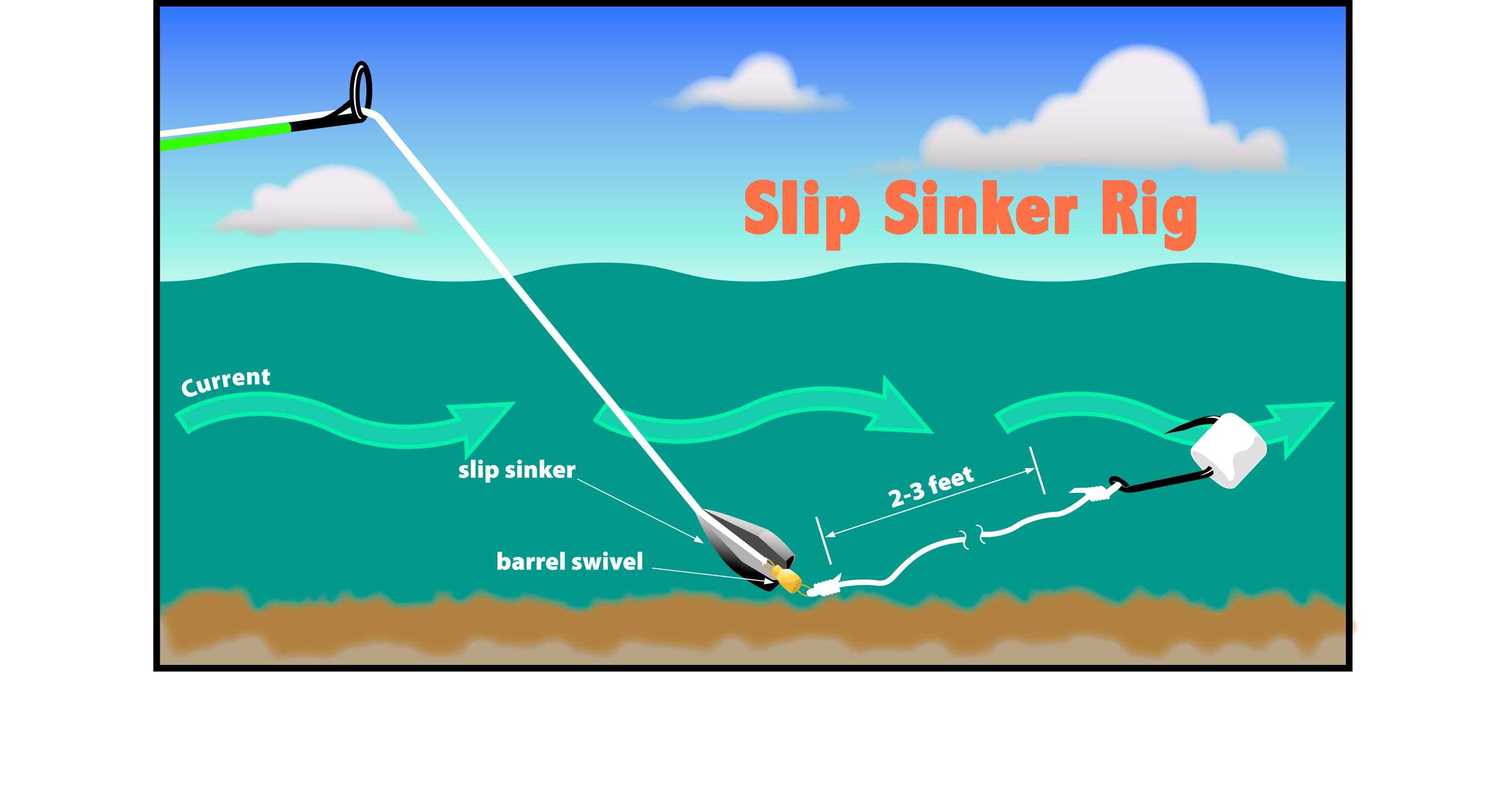
Credit: www.arkansasstateparks.com
Assembling Your Fishing Pole
Setting up a fishing pole for trout can seem difficult. But with the right steps, it becomes easy. In this section, we will guide you through the process of assembling your fishing pole. Follow these steps to ensure your pole is ready for a great fishing experience.
Attaching The Reel
The first step in assembling your fishing pole is attaching the reel. Follow these simple steps:
- Find the reel seat on your fishing rod. It is usually near the handle.
- Slide the reel into the reel seat. Make sure it fits snugly.
- Tighten the reel seat by turning the lock mechanism. Ensure the reel is secure and does not move.
Stringing The Line
Once the reel is attached, the next step is stringing the line. Here’s how you can do it:
- Open the bail on your reel. This is the wire arm that flips up and down.
- Thread the line through the rod guides. Start from the bottom and work your way to the tip.
- Tie the line to the reel spool using an arbor knot. Make sure it is tight and secure.
- Close the bail and slowly turn the reel handle to wind the line onto the spool. Keep tension on the line as you do this to avoid tangles.
Now your fishing pole is assembled and ready for the next steps. Happy fishing!
Choosing The Right Hooks And Baits
When setting up a fishing pole for trout, selecting the right hooks and baits is crucial. The right combination will increase your chances of landing a catch. This section will guide you through the types of hooks and popular baits you can use for trout fishing.
Types Of Hooks
Choosing the right hook is essential for successful trout fishing. Here are some common types:
- J-Hooks: These are versatile and easy to use. Ideal for beginners.
- Circle Hooks: Great for catch-and-release fishing. They reduce harm to the fish.
- Treble Hooks: Often used with artificial lures. They increase the chances of a hook-up.
- Barbless Hooks: Easier to remove. They cause less damage to the fish.
Popular Baits For Trout
Trout are attracted to a variety of baits. Here are some of the most popular choices:
| Bait | Description |
|---|---|
| Worms | Live worms are a classic choice. They are highly effective. |
| PowerBait | This scented dough bait is easy to mold onto hooks. It attracts trout quickly. |
| Salmon Eggs | These are bright and attractive. They work well in clear waters. |
| Spinners | These lures create vibrations and flash. They mimic small fish. |
| Crickets | Live crickets can be irresistible to trout. Use them in flowing water. |
Using the right hooks and baits can make your trout fishing trip successful. Choose wisely based on the fishing conditions and your personal preferences.

Credit: www.bcfishingjournal.com
Adding Weights And Bobbers
Setting up your fishing pole properly is essential for a successful trout fishing experience. Adding weights and bobbers can help you achieve the right depth and balance for your bait. This section will guide you on how to select the right weights and use bobbers effectively for trout fishing.
Selecting Weights
Weights are crucial for sinking your bait to the desired depth. Choose the right weight based on the water conditions and the type of bait you use. Here are some common types of weights:
- Split Shot Weights: Small and easy to attach, ideal for shallow waters.
- Egg Sinkers: Perfect for deeper waters, they slide on the line.
- Bullet Weights: Best for fast-moving water, they help maintain stability.
Attach the weights about 12-18 inches above the hook. This keeps the bait at the right depth.
Using Bobbers Effectively
Bobbers help keep your bait suspended at a specific depth. They also alert you when a fish bites. There are different types of bobbers to choose from:
- Fixed Bobbers: Best for shallow water, easy to adjust.
- Slip Bobbers: Great for deep waters, they move along the line.
To use a fixed bobber, attach it to the line at the desired depth. For slip bobbers, thread the line through the bobber and use a stopper to set the depth.
With the right weights and bobbers, your bait stays at the ideal depth. This increases your chances of catching trout.
Setting The Drag
Setting the drag on your fishing pole is crucial for catching trout. The drag system helps manage the tension on your line. It ensures that the trout does not snap your line. Proper drag settings can make the difference between landing a fish and losing it.
Adjusting Drag Settings
First, locate the drag adjustment knob on your reel. It is usually on top or at the back of the reel. Turn the knob clockwise to tighten the drag. Turn it counterclockwise to loosen it. You need a balance. Too tight, and the line might break. Too loose, and the fish can escape.
| Drag Setting | Result |
|---|---|
| Tight | Less line given, risk of breakage |
| Loose | More line given, risk of losing fish |
Testing Drag Tension
After adjusting the drag, you must test it. Pull the line with your hand. The line should come off the reel with some resistance. If it pulls too easily, tighten the drag. If it is hard to pull, loosen it a bit.
- Secure the end of your line.
- Pull the line with steady pressure.
- Adjust the drag until you feel moderate resistance.
Testing the drag tension ensures your line will handle the trout’s fight. Adjust as needed to match the size of the trout you are targeting.
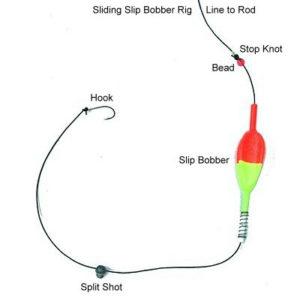
Credit: fishingsun.com
Casting Techniques For Trout
Learning the right casting techniques can make your trout fishing experience more enjoyable. Proper casting helps you place the bait where trout are likely to be. This increases your chances of catching fish. Here are some tips to improve your casting technique.
Basic Casting Steps
Follow these simple steps to cast your fishing pole correctly:
- Grip the rod: Hold the rod with your thumb on top.
- Reel in the slack: Ensure the line is tight.
- Position your rod: Hold the rod at a 2 o’clock position.
- Use a smooth motion: Move the rod back to 10 o’clock.
- Release the line: Let the line go as you move the rod forward.
Improving Casting Accuracy
Accuracy is crucial for successful trout fishing. Here are some tips to help you cast more accurately:
- Practice often: Regular practice improves muscle memory.
- Focus on a target: Aim for a specific spot in the water.
- Use landmarks: Align your casts with visible objects.
- Adjust for wind: Compensate for wind direction and speed.
- Check your stance: Keep your feet shoulder-width apart.
Remember, practice and patience are key. The more you practice, the better you’ll get at casting for trout. Happy fishing!
Frequently Asked Questions
How Do You Set Up A Trout Fishing Pole?
To set up a trout fishing pole, attach the reel to the rod. Thread the line through the guides, tie on a suitable hook or lure, and add a sinker if needed.
What Type Of Line For Trout Fishing?
For trout fishing, use a light monofilament or fluorocarbon line. Typically, 4 to 6-pound test line works best for trout.
Best Bait For Trout Fishing?
The best bait for trout fishing includes worms, minnows, and artificial lures. PowerBait and small spinners are also effective options.
How To Choose A Trout Fishing Rod?
Choose a light to ultralight rod, 6 to 7 feet long. It should have a fast action tip for better sensitivity and casting accuracy.
Conclusion
Setting up a fishing pole for trout is simple and fun. Follow the steps, and you’ll be ready to fish. Choose the right rod, reel, and line. Add a hook, sinker, and bait. Practice casting and enjoy the process. Trout fishing can be relaxing and rewarding.
With these tips, you can catch trout easily. Happy fishing!
